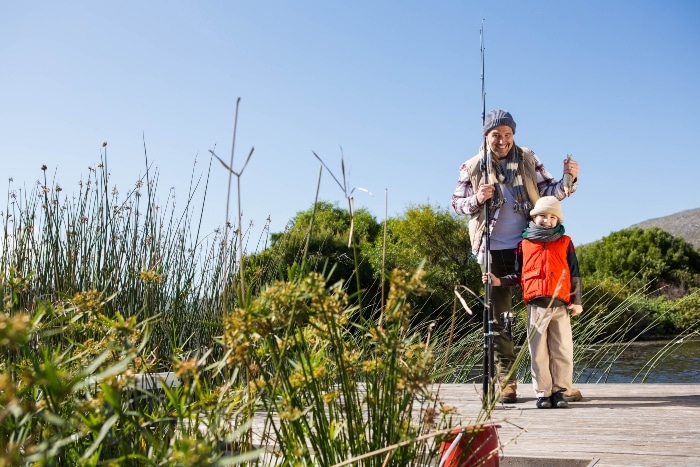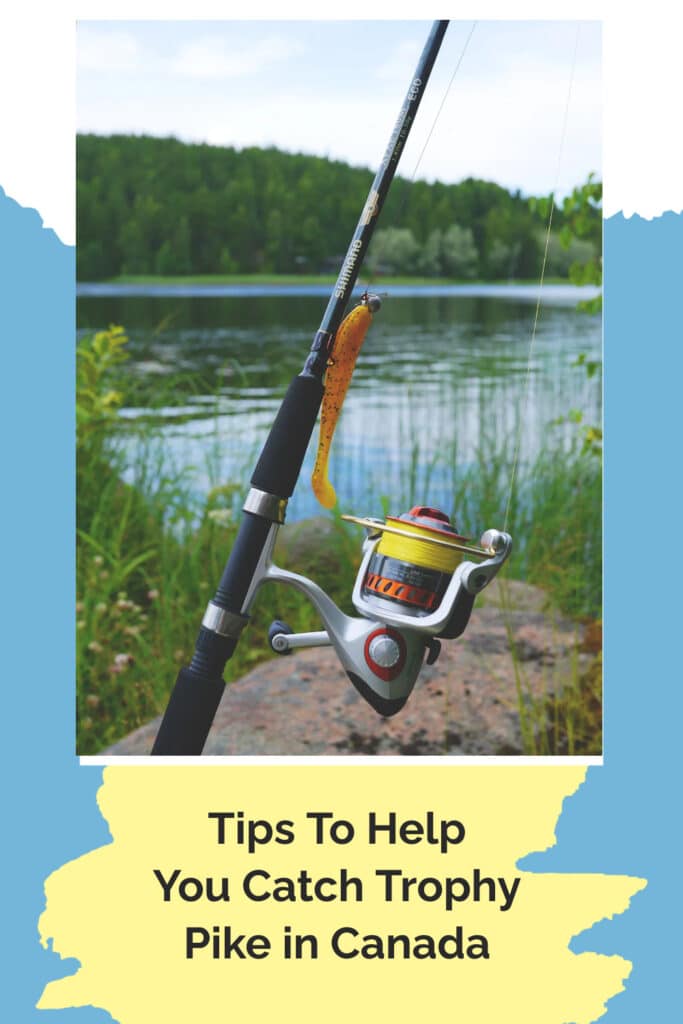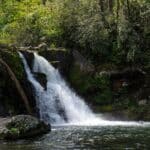Canada’s pristine lakes and rivers offer an unparalleled opportunity for anglers to catch trophy pike. Most anglers have come on the internet, looking for the best tips to help you catch trophy pike in Canada. But for parents who love fishing, this guide provides practical tips to enhance your chances of landing that coveted catch. Continue reading to explore tips to help you catch Trophy Pike in Canada.

Selecting the Right Time and Location
Timing and location play a critical role in trophy pike fishing. The best season typically spans from late spring to early fall when pike are most active. Early morning and late afternoon provide the most favorable conditions, which coincide with increased feeding activity.
Focus on areas with dense aquatic vegetation, submerged logs, or rocky structures, as pike often hunt in these environments. Renowned Canadian fishing spots like Ontario’s Lake Nipissing or Saskatchewan’s Tobin Lake are excellent choices for trophy pike fishing.
Essential Gear for Pike Fishing
Having the right gear can significantly impact your fishing experience. Opt for a medium-heavy to heavy rod and reel combo that offers strength and flexibility. A braided line with a 30 to 40-pound test is ideal, as it can withstand a pike’s powerful strikes and sharp teeth.
Don’t forget a sturdy landing net, long-nose pliers, and a jaw spreader to ensure the safe handling of the fish. Prepare your tackle box with a variety of lures, leaders, and swivels to adapt to changing conditions.

Bait and Lure Recommendations
Use the right lures to catch the pike to increase your chances of success. Large spoons, spinnerbaits, and swimbaits in bright colors mimicking local prey fish work well.
Experiment with different sizes and styles to determine what the pike in your location prefer. Live bait such as ciscoes or large minnows can also be effective, especially in heavily fished areas where pike might be more cautious.
Tips for Catching and Handling Trophy Pike
Once you hook a trophy pike, patience becomes your ally. Allow the fish to tire itself out while maintaining steady pressure on the line. When it’s exhausted, use your landing net to lift it from the water carefully.
Handle the fish with wet hands or gloves to preserve its protective slime layer. Avoid keeping the pike out of water for too long; snap a quick photo and gently release it back into the water to ensure its survival and the sustainability of the pike population.
Staying Safe and Responsible
Safety and responsibility should always guide your fishing trips. Ensure you and your family wear appropriate safety gear, like life jackets (aff link), especially when fishing from a boat.
Follow local fishing regulations, which often include catch-and-release guidelines and size limits to help maintain healthy fish populations. Practice proper etiquette by respecting other anglers and leaving natural habitats undisturbed.
Catching trophy pike in Canada provides an exhilarating experience for any fishing enthusiast. You’ll make your fishing trips more productive and enjoyable by selecting the right time and location, gearing up with the appropriate equipment, and using effective lures and baits. Remember to handle your catch responsibly and prioritize safety at all times.







